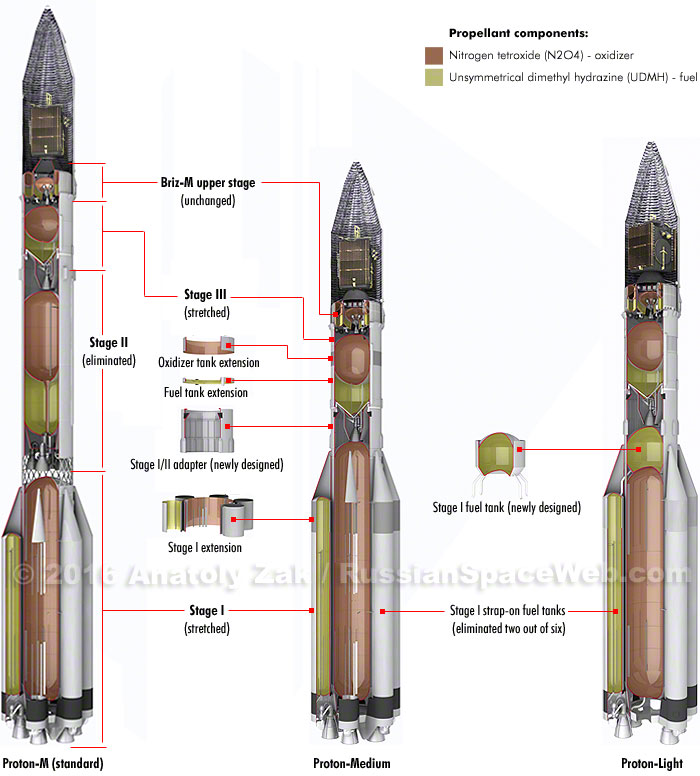The leak is from a fastener hole in the Soyuz that is docked with the station. Pictures show the hole was not due to a micrometeor damage and instead it looks like a fastener was attempted to be installed in the hole which eventually fell out or was removed. You can see the chatter marks of the tool used to put a fastener in this hole. There have been a lot of conflicting reports on how the situation was handled that don't put the Russian ground controllers in a good light. However, given the confusion that surrounds this incident it's hard to say whether or not the actions of the controllers were appropriate.
A narrative I've been able to piece together is that the leak was detected while the astronauts slept and they decided to do nothing as it was relatively slow. Then when the astronauts woke up, the Russian ground controllers rushed the astronauts through a patch without letting them study and understand the problem. While it may seem that
patch the hole is an obvious solution, there are a lot of implications surrounding a missing fastener that need to be understood.
In communications with controllers in NASA’s mission control facility in Houston, astronaut Drew Feustel, the commander of the Expedition 56 crew, sought a delay in implementing a permanent solution proposed by Russian controllers, concerned that, if such a fix failed, it might cause further damage to the spacecraft or other jeopardize the ability to fix the leak.
It appears that this hole is in front of a plenum, or air space in the soyuz vehicle, and that this plenum itself has a leak - otherwise air the wouldn't get out to space. By immediately patching the hole they have made it harder to get an endoscope through the hole for further inspection.
The Russians are being tightlipped about it and there is still some speculation that it may have been a micrometeor impact. In my opinion it looks like a case of shoddy QA and a failure in the outer mold line of the vehicle which is allowing air to escape through the plenum which in turn is pulling air through this hole that shouldn't be there. If the hole wasn't there then the leak in the outer mold line wouldn't matter.
The part of the Soyuz that has the whole won't survive reentry to be inspected by the ground, unfortunately.
---------------
In another development, International Launch Services, the American sales office of Russian-produced rockets, has cancelled the Proton Medium variant. This version of Proton eliminated a stage and cut the payload capacity of the rocket. Since the rocket was overpowered for most GEO comm sats, this allowed them to target the same market at a lower price point. This move was seen necessary to keep that product line open given the shrinking amount of Russian military launches and the complete collapse of their civil exploration program. This governmental contract slump has only added to the challenges they face of heightened international competition from the Europeans, Chinese, Indians and Americans in the international launch market.
ILS marketed the Proton Medium as the answer to the Falcon 9 but it won't ever make it off the pad to meet that marketplace challenge. Proton Medium's cancellation follows the cancellation of the Proton Light variant which was intended to target smaller, polar-inclined missions.
There are a few reasons for this cancellation. This should allow the Russians to spend all of their development money on finishing the decades-overdo Angara series of rockets. It also means the Proton itself will be phased out eventually which means that the Russians will have removed dangerous and polluting hypergolic rocket fuels from their stable of rockets. This would make Kazakhstan (where Protons are launched) very happy as they have brought it up multiple times since the breakup of the USSR. Russia has had to pay increasingly higher fees over time to the Kazakhs to keep access to Baikonur and hypergolic fuels have always been a contention in negotiation. Finally it's probably true that at this point the Russians can't afford to maintain as many rocket lines as they currently have and would be best served by consolidating in a more flexible launch vehicle platform like Angara.
My only worry is there will come a critical point where Angara either shows up and takes over as Proton (and eventually Soyuz) wind down or it won't show up and their will be a long painful pause much like what happened with the US and manned orbital launches with the retirement of the Space Shuttle.
I don't want any country to stop making rockets, even temporarily. I'm kind of a globalist rocket man that way.






